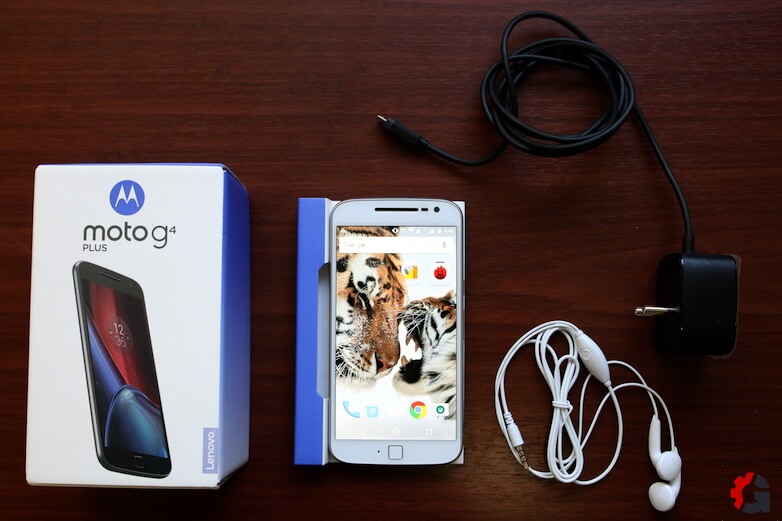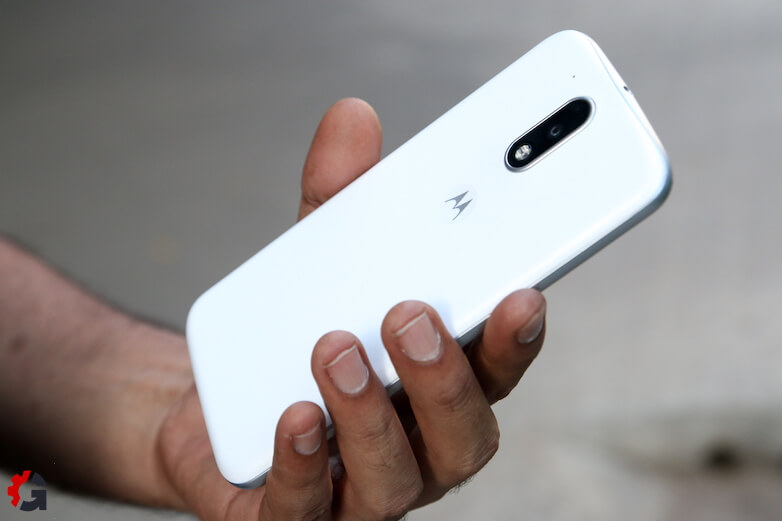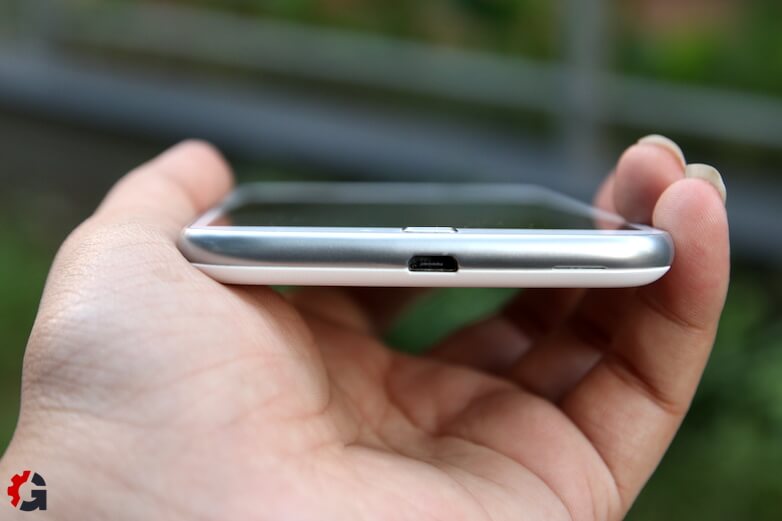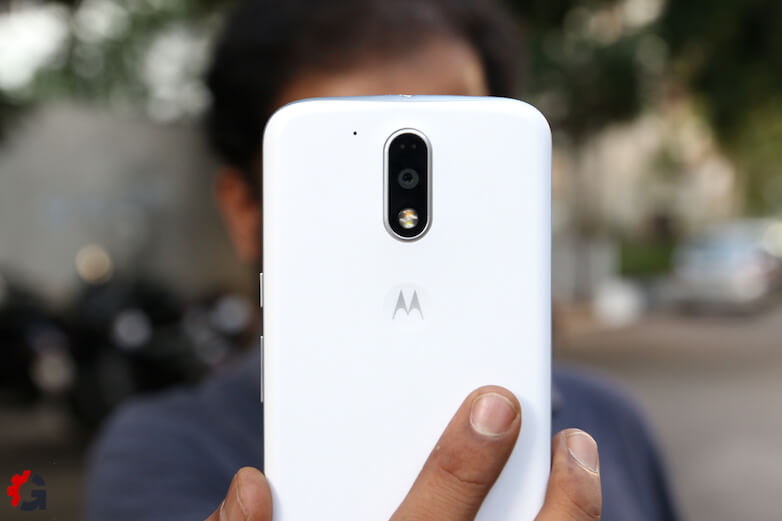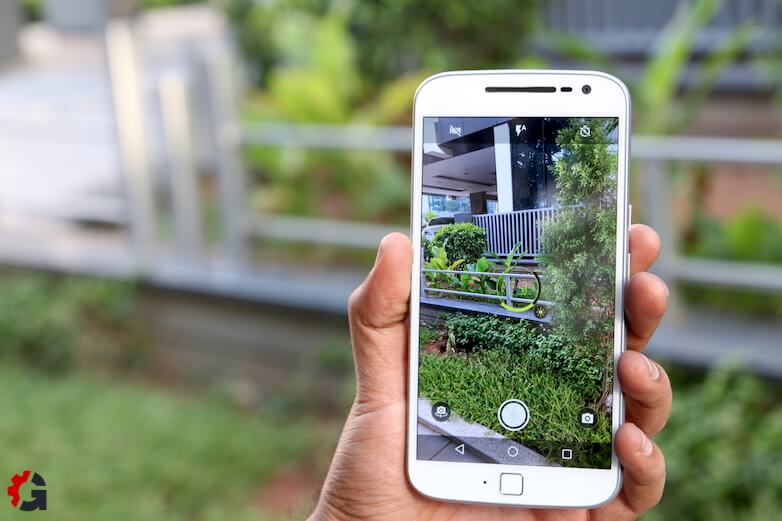
The first generation Moto G, launched back in November 2013, was the start of the Motorola resurgence that we had all been waiting for ever since the brand began to lose market share to companies such as Apple and Samsung. The Moto G, because of the near-stock Android experience it offered at an affordable price, was simply tailor-made for emerging markets like India, Mexico and Brazil. It is no wonder then that within six months of its launch the phone went on to become Motorola’s best selling smartphone.
Moto G Plus (4th Gen)
Rs 14,999What Is Good?
- Great camera
- Stable performance
- Bloatware-free software
- Fast fingerprint scanner
What Is Bad?
- Average battery life
- Boring design
- Not for gaming
Now, the phone is in its fourth generation and Motorola has been taken over by Lenovo. This essentially means that this generation of Moto G phones is the first to launch under Lenovo’s stewardship. This latest iteration of the Moto G is bigger, sleeker and packed with better specs – the usual shebang.
The phone is available in two core variants: the Moto G (4th Gen) and the Moto G Plus (4th Gen). The Moto G Plus (4th Gen) is further available in two variants: one with 2GB of RAM and 16GB of storage space, and the other bearing 3GB of RAM and 32GB of internal storage. Do note that at the time of publishing this review, only the Moto G Plus (4th Gen) was available on Amazon. Apart from that, the difference between the two phones is that while the Moto G Plus (4th Gen) includes a fingerprint scanner in the front, the other bears none.
We got the top-end variant of the Moto G Plus (4th Gen) for review, which is priced at Rs.14,999, and immediately put it to the test. Let’s find out if Lenovo has managed to keep the legacy of Motorola intact.
Looks and feels like a Samsung Galaxy S3
When we first saw the device at the launch event, we were pleasantly surprised as to how light the Moto G Plus (4th Gen) actually is, because the Moto G range of smartphones were never know to be light. Also, at a thickness of 7.9mm, Lenovo has shaved off a good chunk of heft from the Moto G (3rd Gen), making the phone a lot sleeker.
However, in a bid to make the Moto G Plus (4th Gen) slim and lightweight, it looks like Lenovo has compromised on the quality of the construction and the overall design. While the Moto G was never a premium-looking phone, the Moto G Plus (4th Gen) has some design issues that are an eyesore and hamper the functionality as well.
Most important on this list is the fingerprint scanner, which, placed below the display in a small square, is a standalone piece of hardware. This means that it works only as a fingerprint scanner and does not include the ‘Home’ functionality as it does on the iPhone 6s or the Samsung Galaxy S7. Even after spending a good amount of time with the review unit, we just couldn’t get used to the layout. Many a times, we’d hit the fingerprint scanner thinking it was the Home button. The placement of the fingerprint scanner feels more like an afterthought than a planned design strategy. The microphone too, placed right next to the fingerprint scanner, looks odd and out-of-place.
The overall design of the phone is reminiscent of the Samsung Galaxy S3 with its plastic body, rounded edges, chrome-finish metal border, and removable plastic rear cover. The Moto G Plus’ (4th Gen) plastic body doesn’t inspire confidence about the build quality. Furthermore, the chrome-finish looks tacky in our opinion. Also, this time around the phone is not waterproof like the third generation Moto G, which is a bit of a bummer.
The Moto G Plus (4th Gen) has some design issues that are an eyesore and hamper the functionality as well.
The plastic cover on the rear has a nice texture on it that aids in gripping the phone easily. Do note that while the rear cover is removable, the battery is non-removable. You do get three slots, though – two for the Micro-SIM cards, and one for the microSD card. The SIM card slots come with two Nano-to-Micro SIM converters, which is a very handy inclusion.
Also on the rear is a slightly raised cutout for the primary camera, supporting dual-LED flash module, and the laser autofocus and phase detection autofocus (PDAF) sensors. This cutout juts out ever so slightly and is not so bad as to make the phone wobble when placed on a flat surface as it does on the iPhone 6s. The trademark Motorola dimple rests below this cutout, but the indentation is not as prominent as it is on previous Motorola phones. The power button on the right edge has a textured finish which makes it easy to distinguish it from the volume rocker. That said, we thought that the buttons had mushy feedback and therefore were not very tactile; this is unlike what we’ve come to expect from Motorola.
The new upgraded display is run-of-the-mill variety
Jumping onto the bandwagon, and trying to stay relevant in the market against competing devices like the Lenovo Z1 powered by Zuk, the LeEco Le 1s, the Honor 5x, and the Xiaomi Redmi Note 3, the Moto G Plus (4th Gen) now includes an IPS LCD display with a Full-HD (1080x1920p) resolution. The display has a layer of Corning Gorilla Glass 3 on top of it to protect it from scratches.
The upgraded display is not necessarily of exceptional quality, but is a workhorse more than anything else: it has adequately saturated colour fidelity, brightness levels are acceptable, and the viewing angles are not too bad, either.
The upgraded display is not necessarily of exceptional quality, but is a workhorse more than anything else.
However, the screen reflection is pretty high and as a result the sunlight legibility isn’t too great. In this price bracket, we think the Lenovo Z1 has the best 1080p display.
The Motorola embellishments enrich the stock Android experience
The Moto G Plus (4th Gen) runs Android Marshmallow 6.0.1, with a few Motorola software tweaks added. The handy gestures such as ‘double karate chop for torch’ and ‘twist to quickly capture a photo’ continue to exist and come in handy quite often. There are two new additional actions: ‘flip the phone to silence notifications and calls’, and ‘lift the phone when it rings to immediately switch it to vibrate’.
Moto Display allows you to take a quick glance at the notifications when the screen is switched off. This is only a very basic version of what Moto Display can achieve on higher-end phones such as the Moto X Style and the Moto X Force wherein the individual sensors can detect hand movement to light up the screen at your will.

Apart from these Moto-specific embellishments, the Android Marshmallow OS on the Moto G Plus (4th Gen) is a basic Android affair, one that is devoid of unnecessary third-party apps and UI customisations. We approve.
Smooth, stable performance
As expected from the Moto G range of smartphones, the latest iteration also provides a smooth and stable overall performance. The phone is like a well-oiled machine: it doesn’t splutter or lag at any given point of time. We opened a multitude of apps and more than thirty tabs on Google Chrome to stress the phone, but it didn’t let us down thanks to the fairly competent Qualcomm Snapdragon 617 SoC inside coupled with the 3GB of RAM. However, the Moto G Plus (4th Gen) may not be the phone for gamers because the Andreno 405 GPU struggles while running intensive games like Modern Combat 5 and Asphalt 8; we constantly faced frame drops and the loading time was also high.
The phone is like a well-oiled machine: it doesn’t splutter or lag at any given point of time.
We ran a few customary benchmark tests, and in these the Moto G Plus (4th Gen) lags behind the likes of the Xiaomi Redmi Note 3 and the Lenovo Z1 powered by Zuk. However, considering our experience with the phone’s day-to-day performance, we wouldn’t worry too much about these numbers.

The Moto G Plus (4th Gen) doesn’t have front-firing dual speakers like it predecessors, which is a bit of a letdown. The speaker, cleverly hidden under the earphone slit, gets pretty loud but the stereoscopic goodness is missing. There is a pair of cheap bundled earphones inside the box. Replace these with better quality ones since the phone is capable of delivering good quality audio. Having said that, the video viewing experience is not too great. Our 4K test video stuttered during playback and greatly hampered our viewing experience. The fingerprint scanner’s performance was really good and it worked without any hiccups.
Improved camera results in better images
The primary 16-megapixel camera on the Moto G Plus (4th Gen) has seen such drastic improvement so much so that we can confidently say that it is the best camera you can find in a smartphone below Rs.15,000. The camera inside the Moto G smartphones has come a long way, from being downright terrible to being the best in the category.
Before we start to discuss the good points of the camera, let us tell you its only downside – the camera takes time to focus, so it is easy to get a blurry shot every now and then. Once you learn to look past this, we assure you that the camera will delight you – at least with its daylight performance. The camera cannot focus quickly enough on really close objects, but when it does lock on focus on a close subject with a clearly defined background, the depth of field that is captured – thanks to the F2.0 aperture – is great for a smartphone that costs as much as the Moto G Plus (4th Gen). Moreover, the camera captures an astonishing amount of details in the shots, even in the wide-angle landscape shots. The colours too, are generally accurate and neutral.
 Click here to see the original image.
Click here to see the original image.
The camera struggles with focussing in low-light situations. Therefore, most of the times we ended up with out-of-focus shots and the few usable ones we captured had a good amount of noise. Having said that, a few images were not too bad. However, we can’t really fault Lenovo for this since very few phones in this price range actually offer good camera performance in low light. If you need it, the phone can capture average quality 1080p video at 30fps. The front-facing 5-megapixel camera can capture some decent selfies and Lenovo has added something similar to iPhone’s ‘Retina Flash’ for low-light situations, which works well.
 Click here to see the original image.
Click here to see the original image.
The camera app has also been spruced up to include a shutter button – which is a huge relief – and a professional shooting mode. As the name suggests, the professional mode allows you more control over parameters like ISO and metering.
 Click here to see the original image.
Click here to see the original image.
Battery life is strictly average
The Moto G Plus (4th Gen) has a large 3,000mAh battery inside it. While technically this should imply a great battery life, this is not the case. The phone lasts a little more than half a day on constant 4G, which is just about average, so don’t expect it to last more than a day even on moderate usage. Invariably, we had to charge the phone at night even when we hadn’t used it too often during the day. We managed an average screen-on time of around three hours which is the bare minimum one expects from phones these days. The upside however, is that the phone supports fast charging and bundles a Turbo charger in the box. This not only charges the phone pretty fast but also heats it up, therefore rendering it unusable when being charged.
Invariably, we had to charge the phone at night even when we hadn’t used it too often during the day.
Motorola’s trademark call quality
Call performance on the Moto G Plus (4th Gen) is, as usual, exemplary. The sound quality from the rather wide earpiece is loud and clear, and we didn’t face any dropped calls, either. However, in a few calls we did notice a distinctive crackling sound. Since this was not a common occurrence, we are not worried about it.
Should you buy it?
This is a very tough question to answer about the Moto G Plus (4th Gen) because unlike the previous iterations, the Moto G Plus (4th Gen) doesn’t evoke the same kind of conviction. Nevertheless, if you want a phone with a great camera, the promise of regular Android updates that are free of bloatware and a generally stable performance, the Moto G Plus (4th Gen) might be the one for you. However, if you want a phone that has a better build quality, some interesting software tweaks thanks to CyanogenMod and a blazing fast performance, the Lenovo Z1 powered by Zuk, might be a better option.
In either case, there is no doubt that Lenovo is the one laughing all the way to the bank.
All product shots are captured by Prajith Sabbani.
